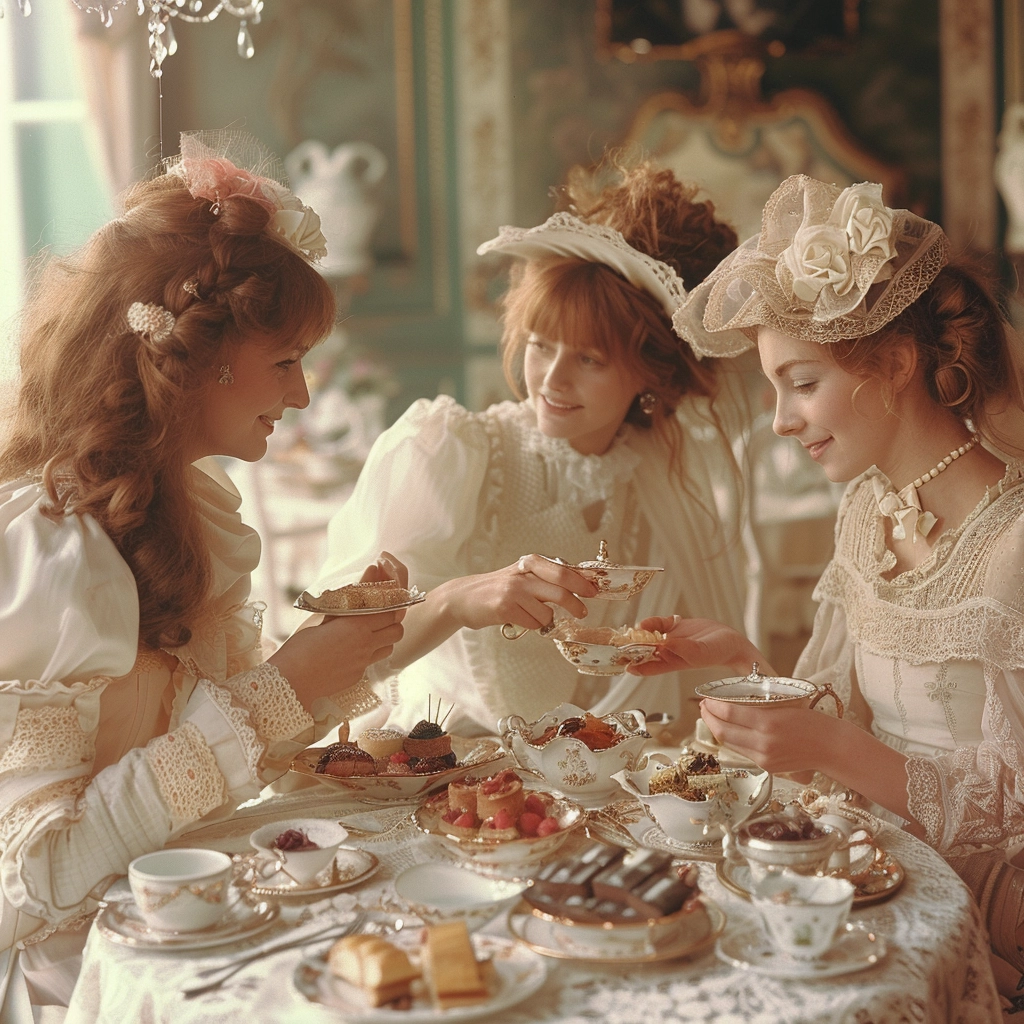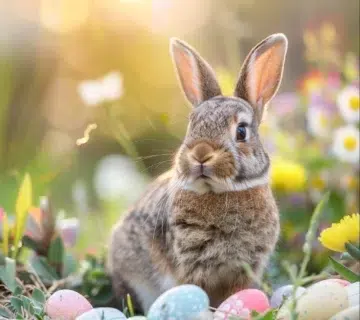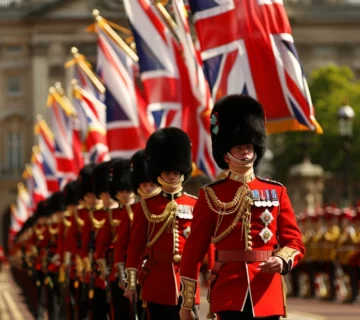Introduction to Tea Parties in Britain
The British tea party is an iconic symbol of elegance, social gathering, and culinary delight. Rooted in centuries of tradition, these gatherings range from formal afternoon tea to more casual cream tea, each offering a unique experience of British culture. In this guide, we’ll embark on a journey through the history of tea parties in Britain, explore the various types, recommend places to enjoy these quintessential experiences, discuss costs, and delve into the delicious fare served at these events.
The Rich History of Tea Parties
Origins and Evolution
Tea parties in Britain trace their origins back to the early 17th century when tea was first introduced to the aristocracy. However, it was Anna, the Duchess of Bedford, in the 19th century who established the tradition of afternoon tea to fill the long gap between lunch and dinner. This custom quickly became a fashionable social event among the upper classes.
The Social Impact of Tea Parties in British Society
Tea parties played a significant role in social stratification and networking in British society. They became venues for social interaction, political discourse, and business dealings, highlighting their importance beyond mere culinary events.
Types of Tea Parties in Britain
Afternoon Tea
Characterized by its elegance and refinement, afternoon tea is a light meal in the late afternoon. It typically includes a selection of teas, sandwiches, scones, and cakes.
High Tea
Often confused with afternoon tea, high tea is a more substantial meal that includes hot food and is served in the early evening. It originated as a working-class meal served at high tables, in contrast to the low, comfortable chairs of afternoon tea.
Cream Tea
A simpler version, cream tea focuses on scones served with clotted cream and jam, accompanied by a pot of tea. It’s a popular choice in the countryside, especially in regions like Devon and Cornwall.
What is Served at British Tea Parties?
A Look at the Classic Menu
The menu at a British tea party is a delicate balance of sweet and savory items.
The selection of teas is crucial, with popular choices including Earl Grey, Assam, and Darjeeling.
Scones, Sandwiches, and Sweets
Scones with clotted cream and jam, along with finger sandwiches with fillings like cucumber, egg mayonnaise, and smoked salmon, are a staple. The sweets include an assortment of cakes, pastries, and biscuits.
Recommended Places for Tea Parties in Britain
Iconic Locations in London
London boasts several iconic venues for afternoon tea, including The Ritz, Claridge’s, and The Savoy.
These historic hotels offer a luxurious experience, combining exquisite teas with gourmet menus in opulent settings.
Hidden Gems Across the UK
Beyond London, the UK has charming tea rooms and hotels offering unique tea experiences. From the picturesque tea gardens of Cornwall to the quaint tea rooms of the Cotswolds, there’s a perfect spot for every tea enthusiast.
Costs Associated with Tea Parties
Budgeting for the Experience
The cost of attending a tea party in Britain can vary widely, from affordable options in local tea rooms to the luxurious experiences in London’s top hotels. Prices typically range from £20 to £100 per person, depending on the location and the extravagance of the tea service.
Luxury vs. Affordable Options
While some may opt for the splendor of afternoon tea at a prestigious hotel, others might prefer the simplicity and charm of a cream tea in a countryside tea room. Both options offer a taste of British culture and tradition.
Hosting Your British Tea Party
Planning and Preparation
Hosting a tea party requires careful planning, from selecting the right teas to preparing the menu. It’s an opportunity to showcase both culinary skills and hospitality, creating a memorable experience for guests.
Must-Have Elements
Key elements of a successful tea party include a variety of teas, elegant tableware, and a well-balanced menu of savory and sweet items. Attention to detail, such as the presentation of food and the choice of decor, can elevate the event.
The Cultural Significance of Tea Parties
Tea Parties in Literature and Media
Tea parties have been immortalized in British literature and media, symbolizing class, tradition, and the social fabric of British life. From the mad tea party in “Alice in Wonderland” to the formal gatherings in Jane Austen’s novels, tea parties are a staple of British cultural representation.
Modern-Day Revival and Popularity
In recent years, there has been a resurgence of interest in tea parties, with people of all ages embracing the tradition. This revival is a testament to the timeless appeal of tea parties, blending history with contemporary tastes.
Conclusion
Tea parties in Britain are a delightful tradition that offers a glimpse into the country’s rich cultural heritage. Whether you’re indulging in the luxury of afternoon tea in a grand hotel, enjoying a simple cream tea in a countryside tea room, or hosting your tea party, the experience is a celebration of taste, tradition, and togetherness. As we continue to embrace and evolve this cherished tradition, tea parties remain a quintessential part of British life, inviting us to pause, savor, and connect over a cup of tea.



